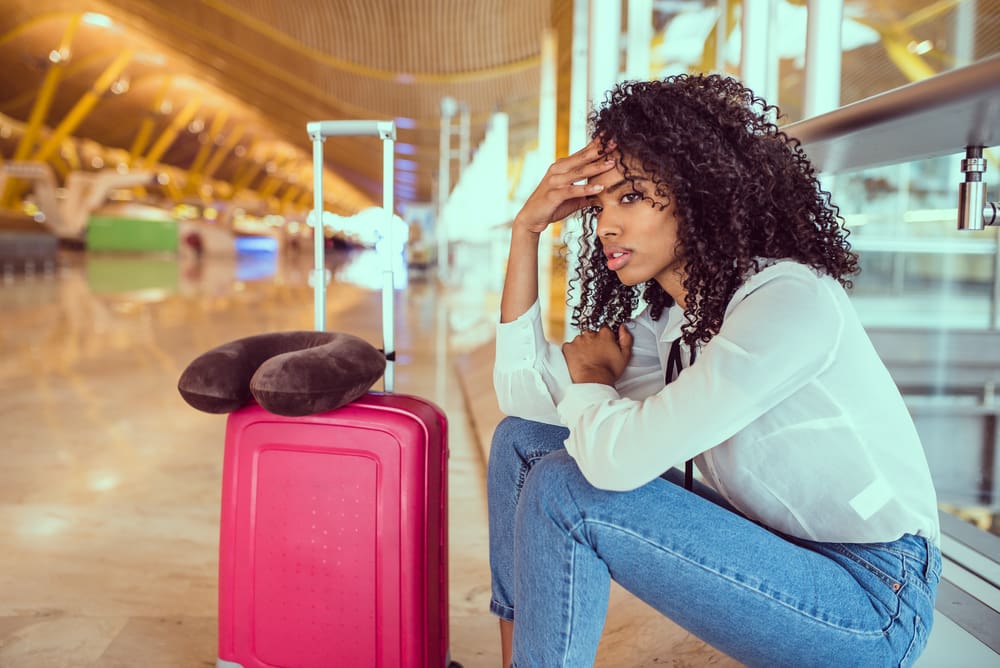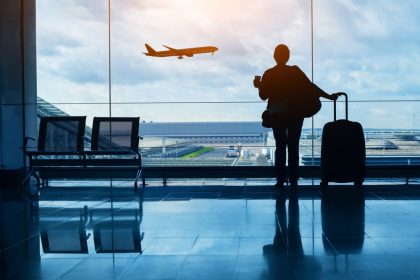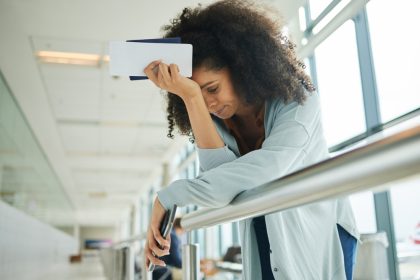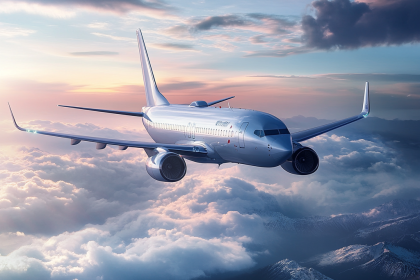The fear of flying affects millions of travelers worldwide, often silently impacting their ability to explore, connect with loved ones, or pursue career opportunities. This widespread condition, while common, remains widely misunderstood. Recent research has revealed surprising insights into the nature of flight anxiety and, more importantly, effective methods for overcoming it.
Understanding the anxiety trigger
Dr. Rebecca B. Skolnick’s research illuminates how the pandemic has transformed our relationship with air travel. The extended period of reduced flying has created new psychological barriers, making even seasoned travelers experience heightened anxiety. This shift in perception has led to a deeper understanding of how fear patterns develop and, crucially, how they can be addressed.
The evolutionary perspective
Our bodies and minds evolved for terrestrial life, making the experience of flight fundamentally challenging for our prehistoric programming. Understanding this biological basis helps explain why even rational individuals might experience anxiety when flying. This evolutionary mismatch between our ancient survival instincts and modern travel methods creates a natural tension that requires conscious management.
The control factor
The loss of control during flight represents one of the most significant triggers for anxiety. Unlike driving a car or walking, flying requires complete trust in others – the pilots, air traffic controllers, and aircraft systems. This surrender of control can trigger deep-seated fears that manifest as anxiety, even in individuals who typically feel confident in other situations.
The power of education
Knowledge proves to be one of the most powerful tools in combating flight anxiety. Understanding aircraft design, safety systems, and the physics of flight can transform frightening sensations into fascinating experiences. Modern aircraft incorporate multiple redundancy systems and can withstand far more stress than they typically encounter during normal operations.
Neurological intervention techniques
Recent advances in neuroscience have revealed effective techniques for regulating the nervous system during flight. The simple act of forced yawning, for example, can trigger a cascade of relaxation responses in the body. This biological hack takes advantage of the connection between physical actions and emotional states.
Progressive relaxation methodology
Systematic muscle relaxation represents another powerful tool for managing flight anxiety. This technique involves deliberately tensing and releasing muscle groups in sequence, creating a physical pathway to emotional calm. The process helps break the cycle of tension that often accompanies flight anxiety.
Breathing optimization
Specific breathing patterns can directly influence our nervous system’s response to stress. The 4-6 breathing technique – inhaling for four seconds and exhaling for six – activates the parasympathetic nervous system, our body’s natural calming mechanism. This simple but powerful technique can be practiced anywhere, making it particularly valuable during flights.
Technology’s role in anxiety management
Modern airlines have recognized the prevalence of flight anxiety and responded with innovative solutions. Many now offer meditation apps, calming playlists, and even virtual reality experiences designed to reduce anxiety. These technological tools provide valuable support for nervous travelers.
The importance of preparation
Developing a pre-flight routine can significantly reduce anxiety levels. This might include selecting an appropriate seat (many find sitting over the wing reduces the sensation of movement), arriving at the airport early to avoid rushing, and having a clear plan for managing anxiety during different phases of the flight.
Social support strategies
Traveling with understanding companions or informing flight attendants about anxiety concerns can create a supportive environment. Many flight attendants receive training in helping anxious passengers and can provide reassurance during turbulent moments.
Physical comfort considerations
Practical measures like wearing comfortable clothing, staying hydrated, and avoiding caffeine can significantly impact anxiety levels during flight. These physical comfort factors directly influence our emotional state and ability to cope with stress.
The role of professional support
For severe cases of flight anxiety, professional help through cognitive behavioral therapy or exposure therapy can provide lasting solutions. These therapeutic approaches help rewire anxiety responses and build confidence through gradual exposure to flight-related situations.
Long-term management strategies
Overcoming flight anxiety often requires a long-term approach combining multiple strategies. Regular practice of relaxation techniques, gradual exposure to flight-related experiences, and building a toolkit of coping mechanisms contribute to lasting improvement.
The future of anxiety management
Emerging technologies and therapeutic approaches continue to offer new hope for managing flight anxiety. Virtual reality exposure therapy, biofeedback devices, and personalized anxiety management apps represent the cutting edge of treatment options.

















